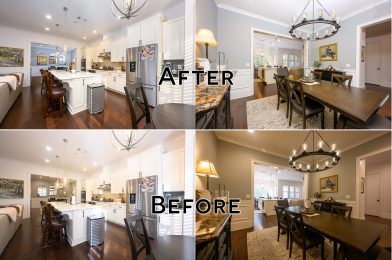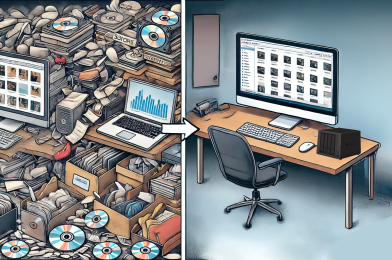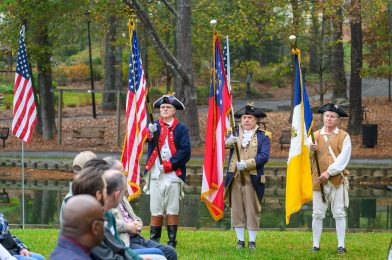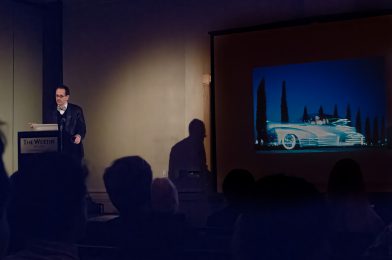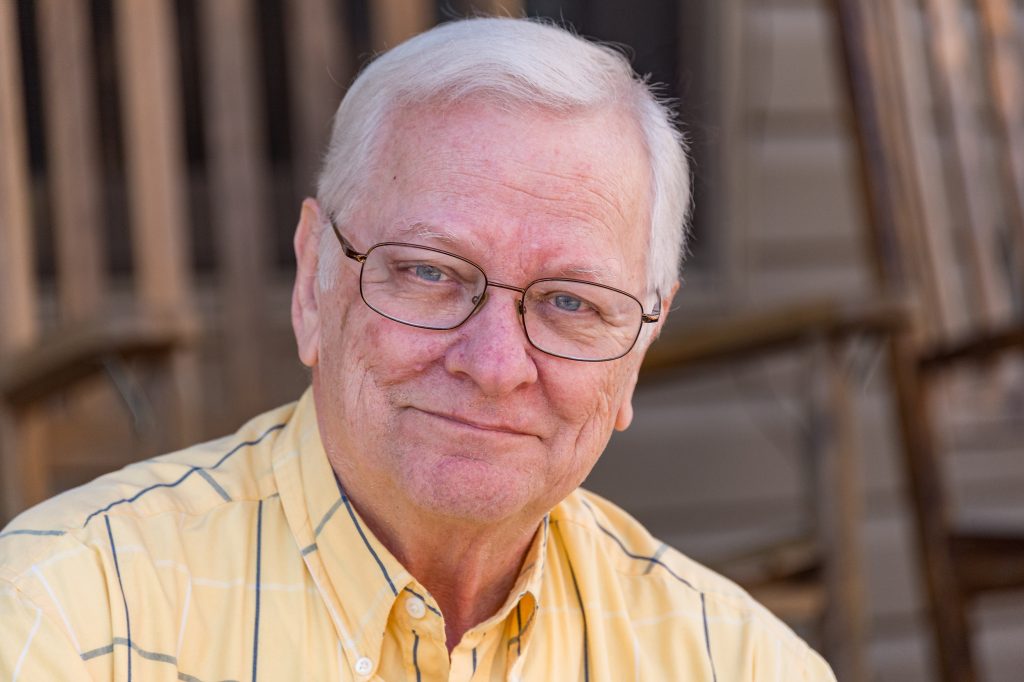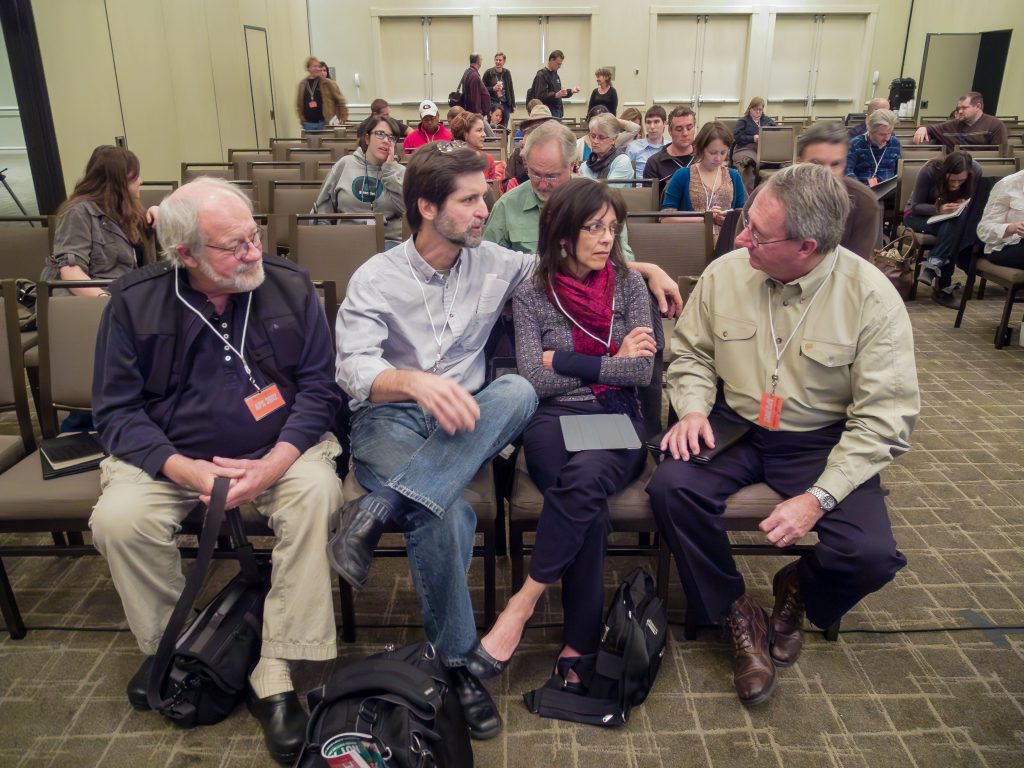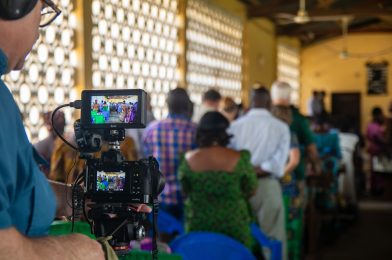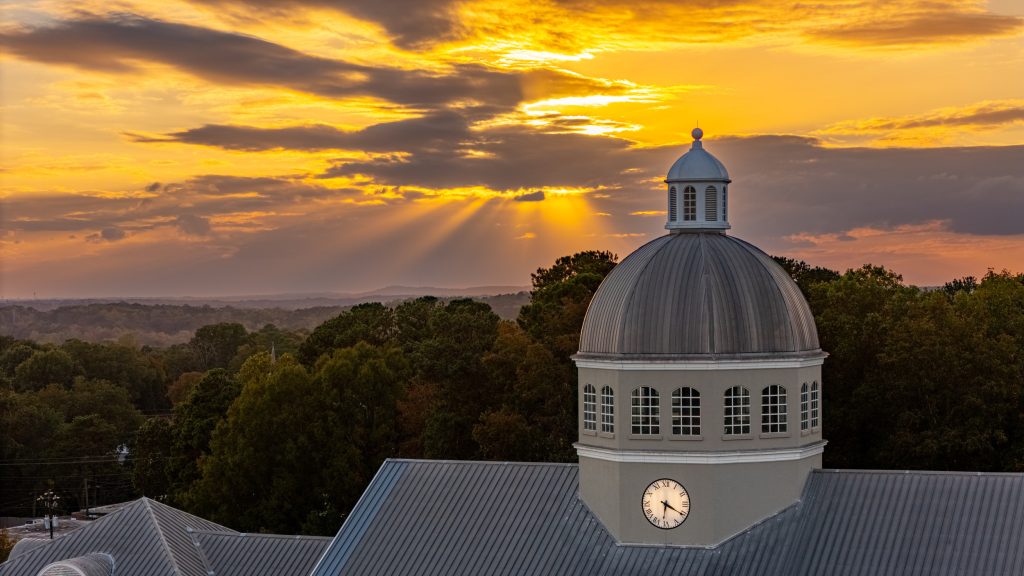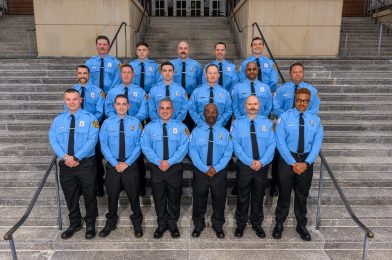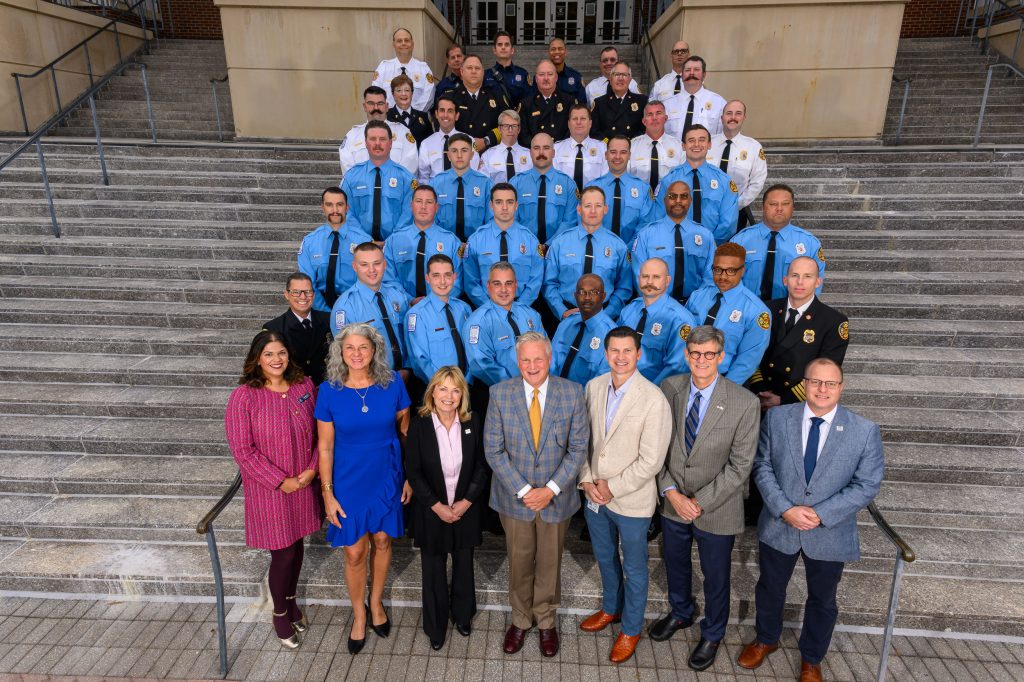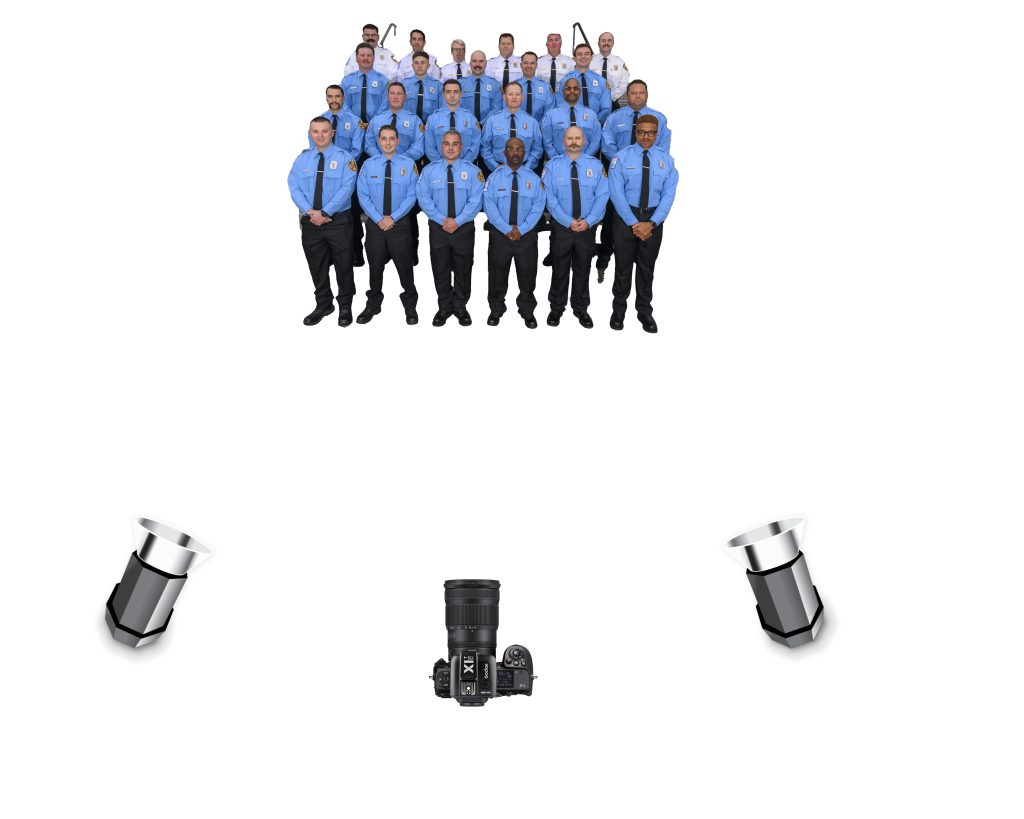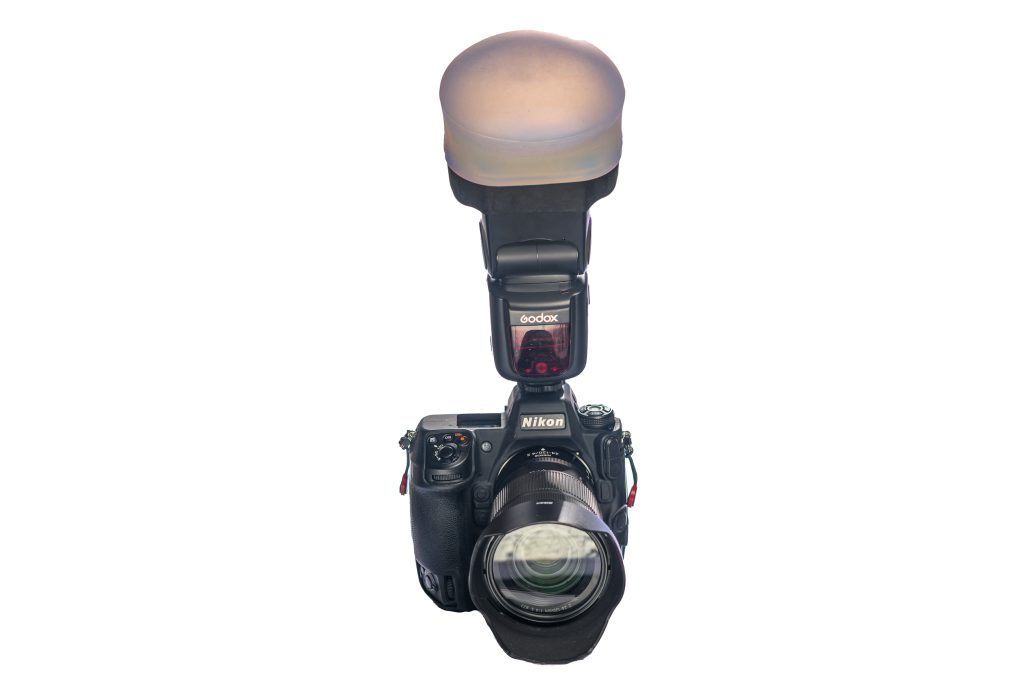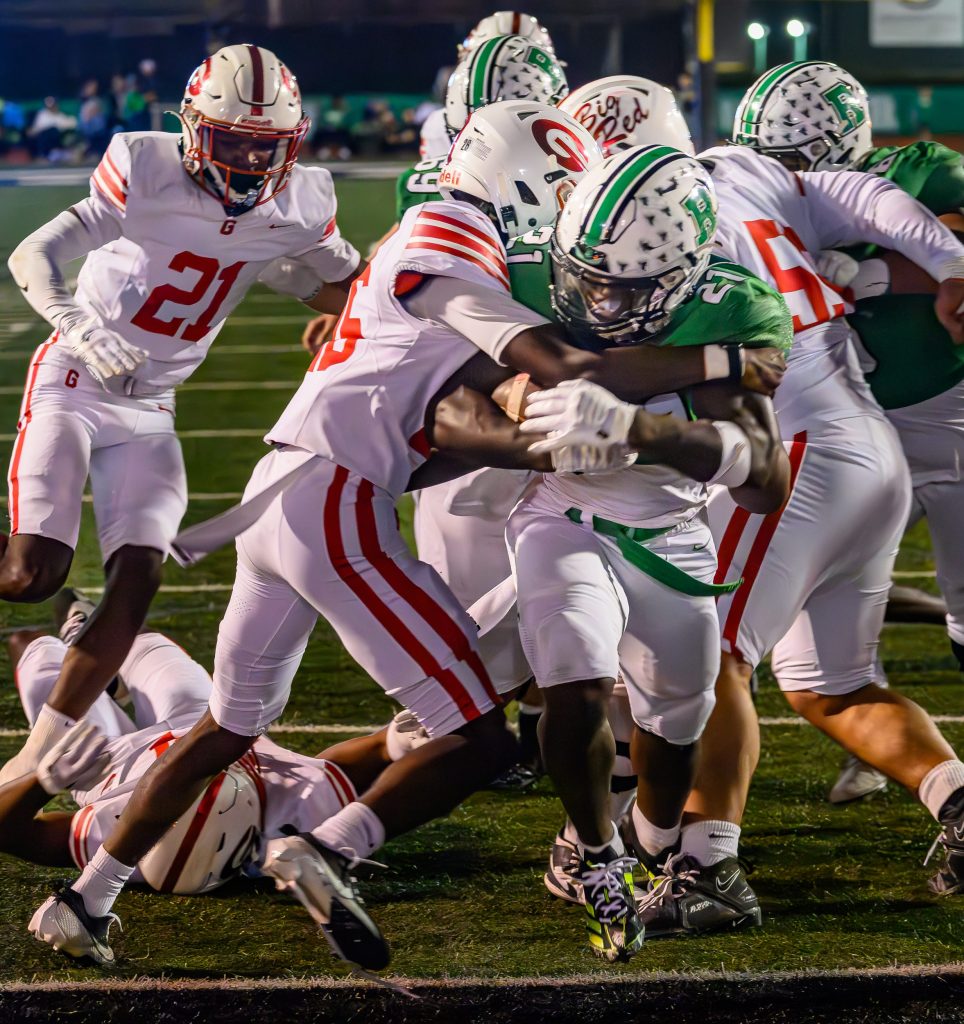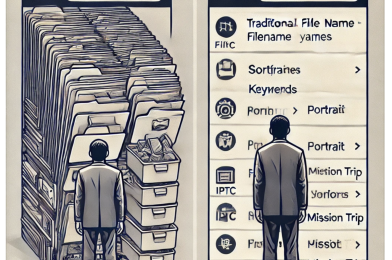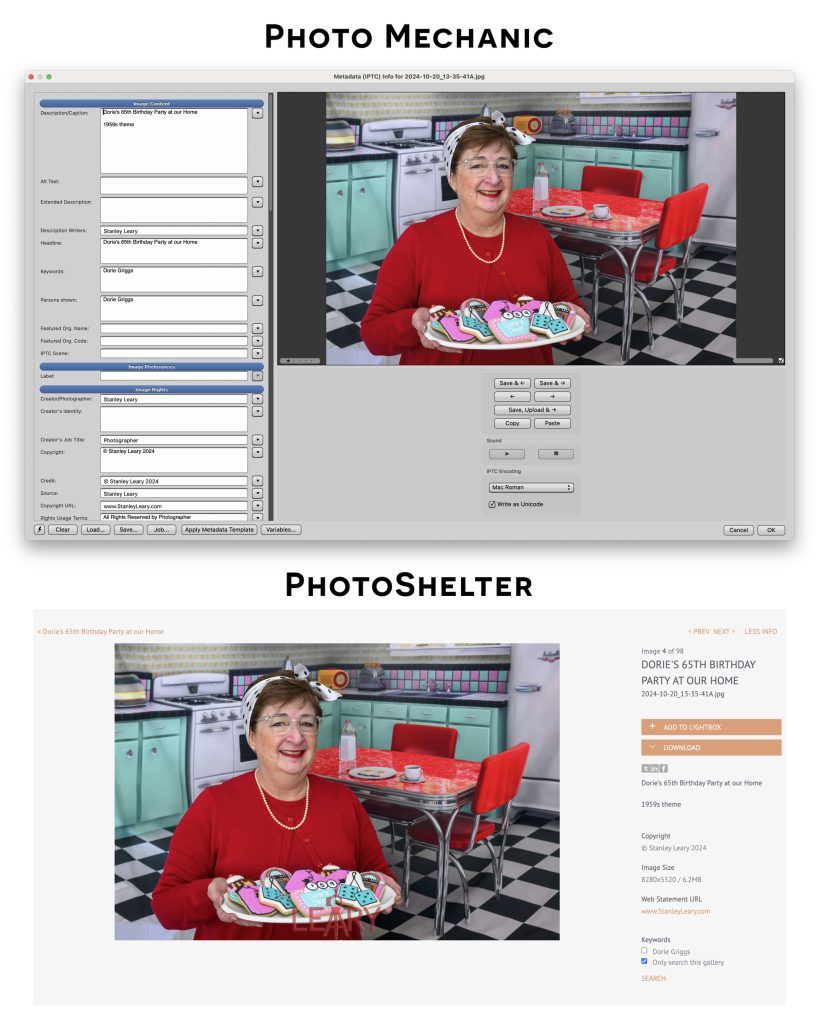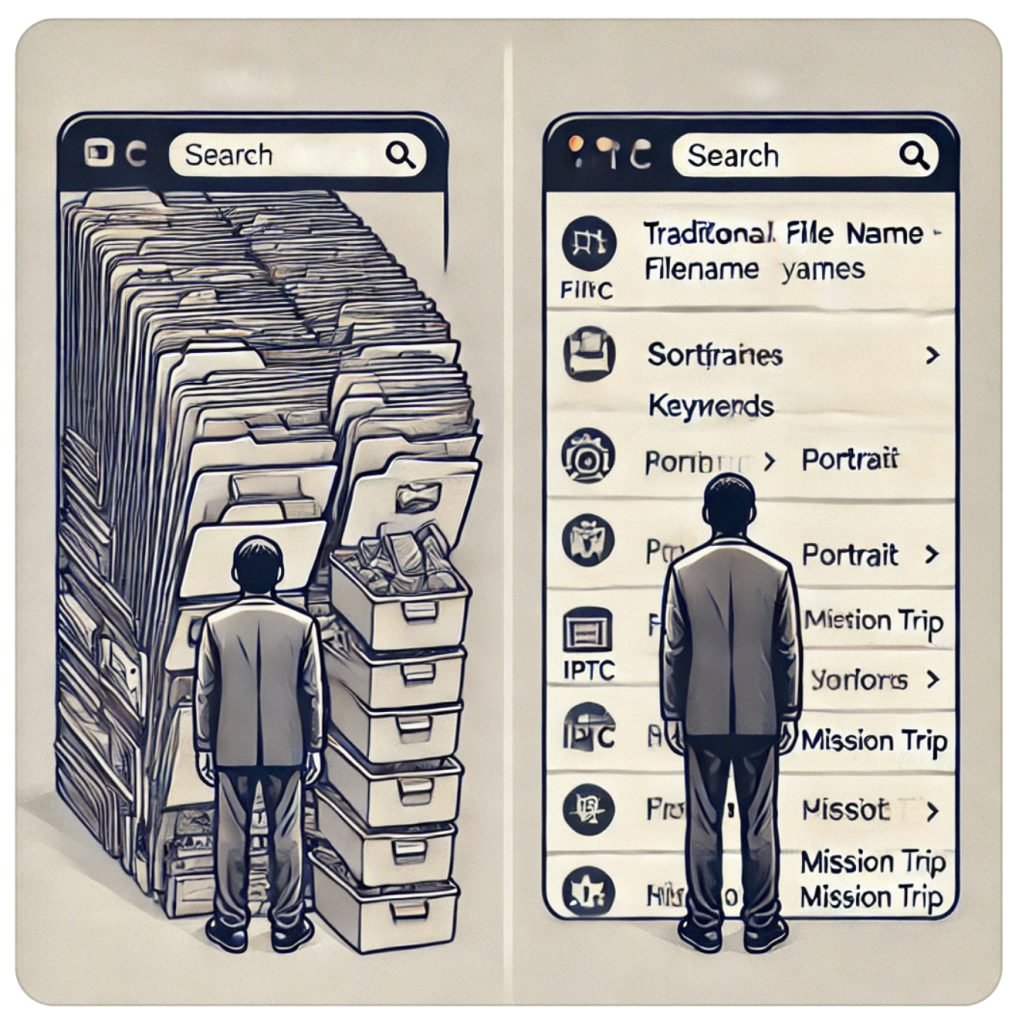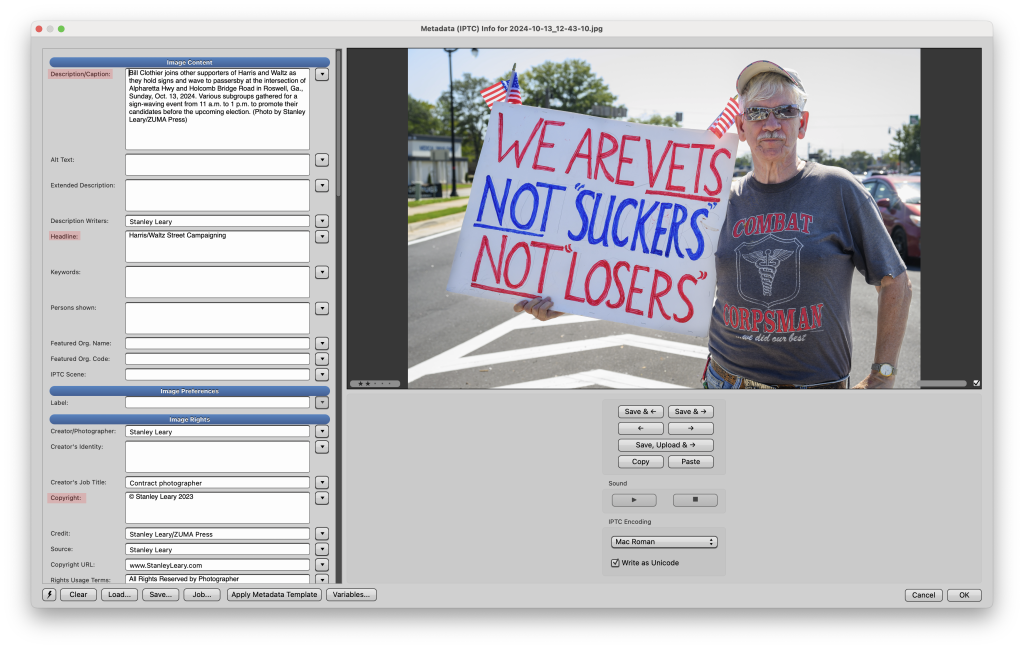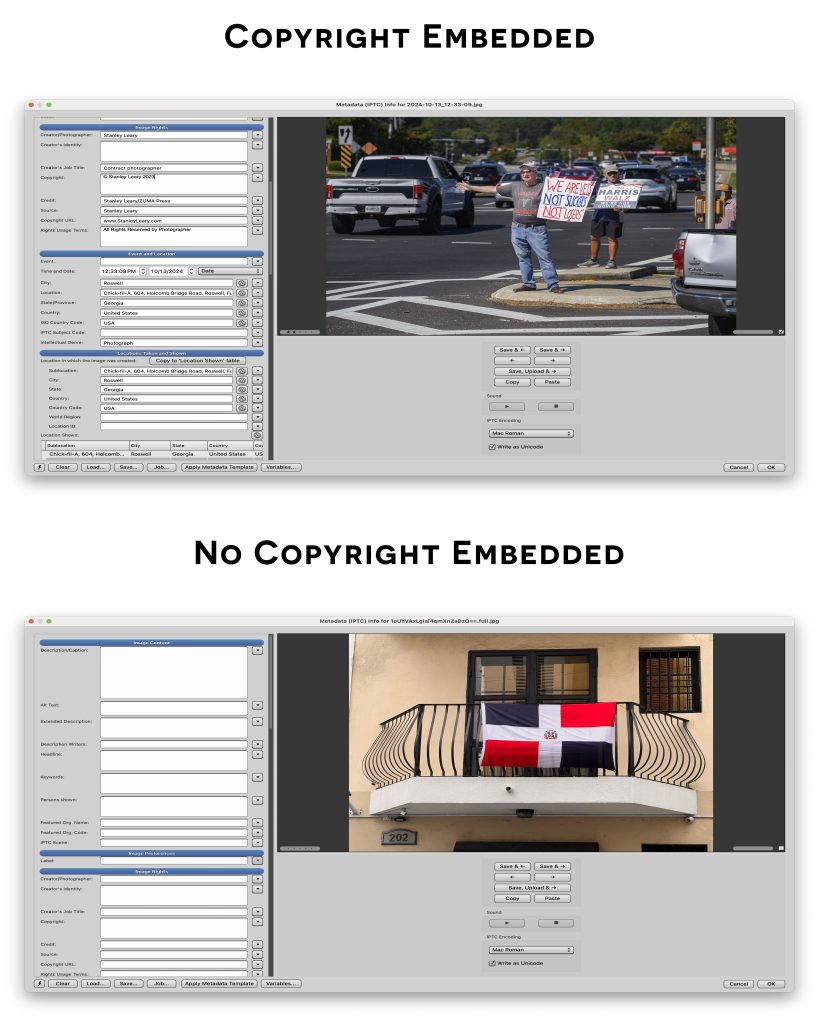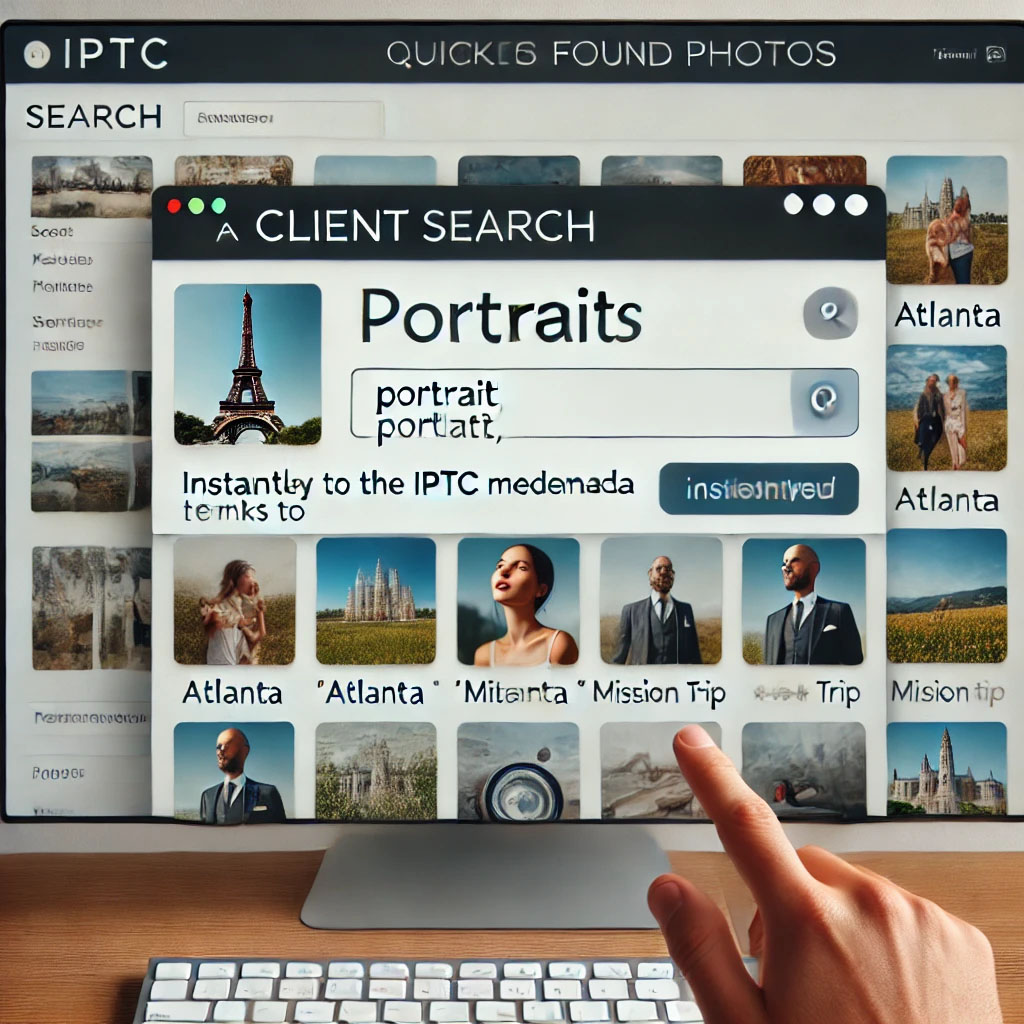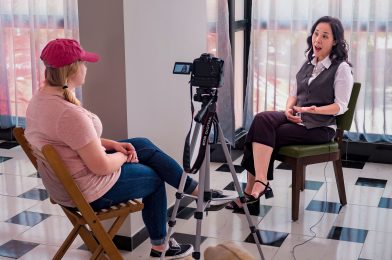When it comes to selling a home, first impressions are everything. Recently, I had the pleasure of working with a client preparing to sell their home. They wanted their listing to stand out in a competitive market, so they called me to photograph their property, knowing the importance of showcasing it in the best possible light—literally.
Today, I’ll explain what went into this shoot and why professional photography is worth the investment. I’ll also share a few before-and-after shots to see the transformation and the final gallery images I delivered to the client.
The Challenge: Turning a House into a Home Buyers Will Love
When I first walked into the home, I could see the potential. It was a beautiful property but didn’t show its best side under standard lighting conditions like most homes. Harsh shadows, uneven light, and cluttered spaces can distract buyers. Even the best smartphone couldn’t do justice to this space without the right tools and techniques.
The Process: Professional Tools for Professional Results
Here’s how I approached this project:
- Tripod for Stability and Precision
A steady tripod is non-negotiable in real estate photography. It allowed me to take multiple exposures of the same shot, ensuring every detail was perfectly sharp. - Multiple Exposures for HDR Magic
The dynamic range of most spaces is too much for a single photo to handle. Bright windows often blow out, or the corners of a room fall into darkness. I used multiple exposures to capture the highlights and shadows, blending them seamlessly for a balanced final image. - Flash to Eliminate Shadows
Even with multiple exposures, natural light often isn’t enough to create a clean, inviting look. I used off-camera flash to fill the shadows, making the spaces feel bright, open, and welcoming. This also ensured accurate and vibrant colors. - Post-Processing Expertise
The final step was combining all these elements in post-processing. The magic happens here, from blending exposures to fine-tuning colors and removing minor distractions.
The Results: Before and After
The lead photo shows some before-and-after examples from the shoot. On the bottom, you’ll see how the space looked with essential lighting and a smartphone attempt. On top of that, you’ll see the transformation after applying professional techniques. Notice how the room looks brighter, the colors are more vibrant, and the space is more inviting.
The Final Gallery
Here are some of the final images that were delivered to the client. These photos that buyers will see first can distinguish between a home sitting on the market or selling quickly.
Why It Matters
Smartphones are great for casual snapshots but can’t compete in real estate photography. A professional approach ensures every detail is considered, from lighting to composition to post-processing. It’s an investment that pays off by attracting more buyers and showcasing your property at its best.
If you’re preparing to sell your home, don’t leave your first impression to chance. Let me help you create a visual story that excites buyers about your property. Contact me today to learn more about my real estate photography services.

